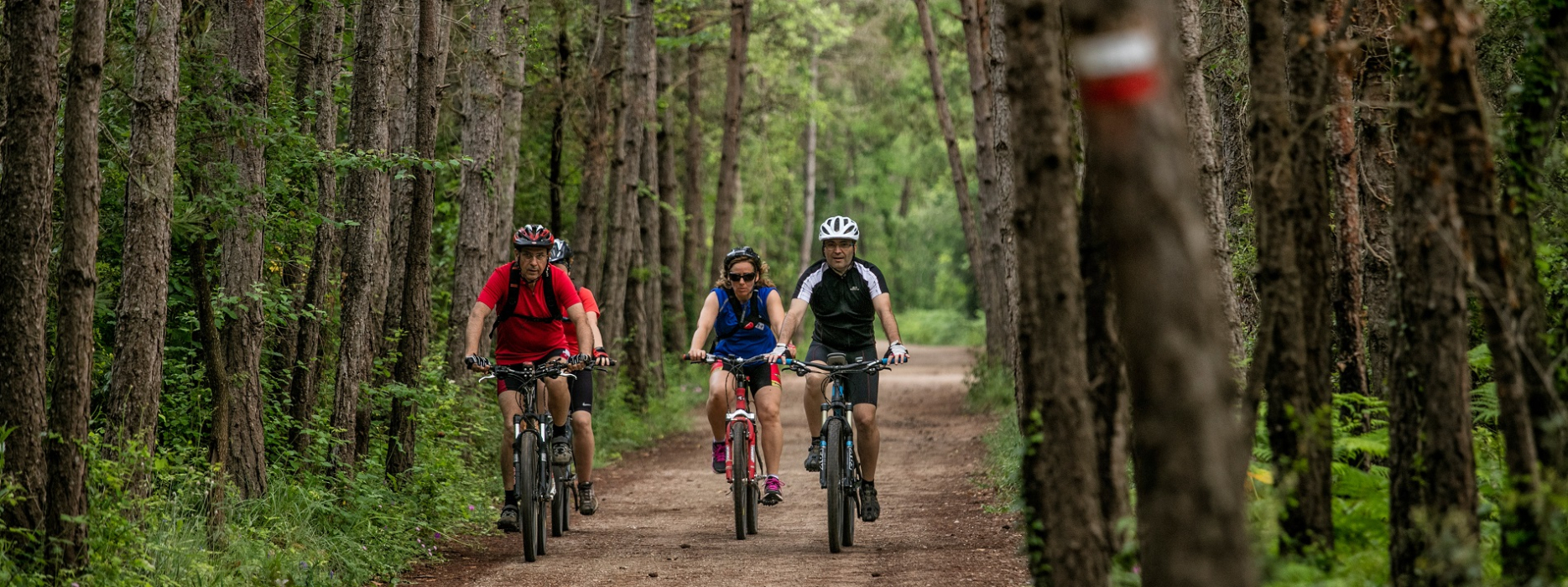
By the Colonies of the Llobregat
Most of the great rivers around the world have been the hubs of economic activity in their territories, either as a basis for transport (river, obviously), as a creative element or diffuser of peoples and cultures but, above all, and in the vast majority, as the core of business creation, often drawing on the power of water itself. This is the case of the Llobregat, which reached 34 textile colonies. It is worth saying that much (23, that is, 2/3 parts) concentrated in a relatively short stretch - between Manresa and Cal Rosal. Undoubtedly an extraordinary proportion not unusual in other rivers of the world. This high concentration is due to a series of junctions that occurred at the same time: the ease of obtaining cheap labor (often from the countryside, which still suffered from the phylloxera crisis not many years ago), and the availability of 'virtually free energy by the river (hydraulics), good demand for textile products (much for export), ... and all in the midst of the industrial revolution.
In this proposal, up to 6 old colonies are "discovered" along the river with their idiosyncrasies and particularities, on a 17.5 km (easy to cut) route of very good work. In addition, most of the route follows the PR 144 and GR 270.
Technical sheet
Route number: 21
Town: Olvan
Type: Very easy
Starting point: Parking in the area of Cal Rosal
Ending point: Parking in the area of Cal Rosal
Distance: 17 Km
Time: 3 h.
maximum altitude: 538 m.
height difference: 279 m.
Signals: Unmarked route
To organise
Cartography: 5-Berga. 1:25.000 Institut Cartogràfic i Geològic de Catalunya Lluçanès 1:30.000. Ed. Alpina
More information
Bibliography: A peu per camins berguedans de Rafael López-Monné. Arola editors Inventari de Patrimoni: patrimonicultural.diba.cat
Documents and links
OFICINA DE TURISME DEL BERGUEDÀ
Carretera C16 Km 96
08600-Berga. Phone (+34) 654 125 696
Monday to Friday: 9 to 14h.
Saturday: 10 to 14 & 16 to 18h.
Sunday and holidays: 10 to 14h.
E-mail: turisme@elbergueda.cat
[Premsa]
Other

 English
English Follow us
Follow us






![[Tancar]](/plantilles/bergueda/img/tancar.png)












